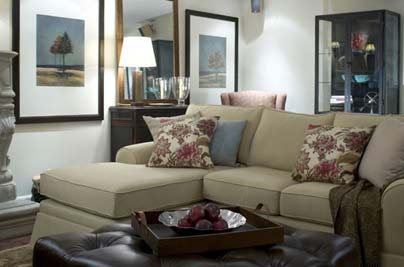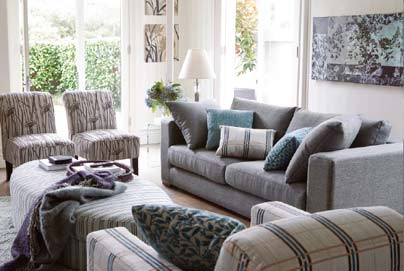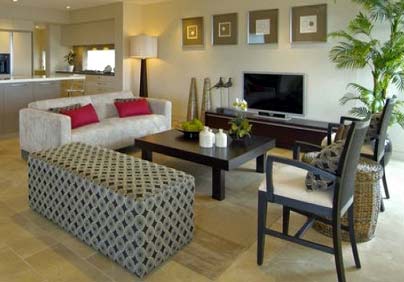Decorating a Rental Home
Not everyone lives in a home of their own. There are those that prefer to rent a property, single parent families whose budget is limited, and many who travel a lot and never get the chance to set down permanent roots.
02/09/2021
It's not that people who rent don’t want to have a space to call their own, or even that they don’t have the budget to decorate; it's that they don’t know what they can do to decorate, especially if your lease contract specifically disallows any form of painting or installations.
Discuss your lease agreement
Before signing your contract, SGI Management in McKinney advises to discuss any decorating plans with your landlord or owner. You may find that he is not totally against any improvement you plan to make, especially if you are footing the bill. Additionally, your particular landlord may allow decorating in the form of painting and hanging pictures with restrictions on the type of nails which may be used or the methods of patching the holes.
Renters who have questions regarding whether or not specific decorating actions are permissible or prohibited should discuss this in advance before taking action, or ask for written permission stating any exception to the contract. This is helpful because the leasing agent may not remember making an exception to the rule or may not even still be working at the property when the renter's lease expires.
Decorating an older rental property
Older properties may be more in need of attention than a newer property, especially if they have been rental properties for a long time. Bathrooms, kitchens and floors are the main areas that normally require improvements, or at least TLC.
Unfortunately, any improvements to these areas would be irreversible modifications that are typically not considered acceptable when decorating a rental apartment. However, that doesn't mean that the landlord would be completely against updating. Ask them how they feel about updating some of the design elements in the home.
If the floor is decades old, then ask your landlord if he would be willing to replace it. Every upgrade your landlord makes will not only make it a much better home for you but it will also increase the value of the property.
If you are planning to stay in the property for an extended period you may be able to work out an agreement with the landlord where the cost of any improvements is on a 50-50 basis: he supplies the materials, such as paint, and you will do the manual labour. Keep in mind what you are able to do and the amount of time that you have to do it and remind him that some jobs, such as plumbing, is something that he needs to hire a professional to do. Again, be sure to have everything confirmed in writing.
Flooring can be an expensive investment for landlords and that is why they tend to be overlooked when they fix up a rental for a new tenant. If your landlord is happy with updating the flooring, then you won’t have too much of a problem but if you aren’t getting new flooring, I would strongly recommend purchasing a few area rugs to cover up the floors where you can. The great thing about area rugs is that you can take it with you when you move and usually, you can always find a new area to lay it down when you do move. Make sure that when you choose an area rug that it matches the decor that you want to go with.
In the end, with the cooperation of your landlord, anyone who rents can have a beautifully decorated home. Trust me, your landlord will be happy that you are taking care of the place and you will be overjoyed with living in a stylish and beautifully decorated home.



